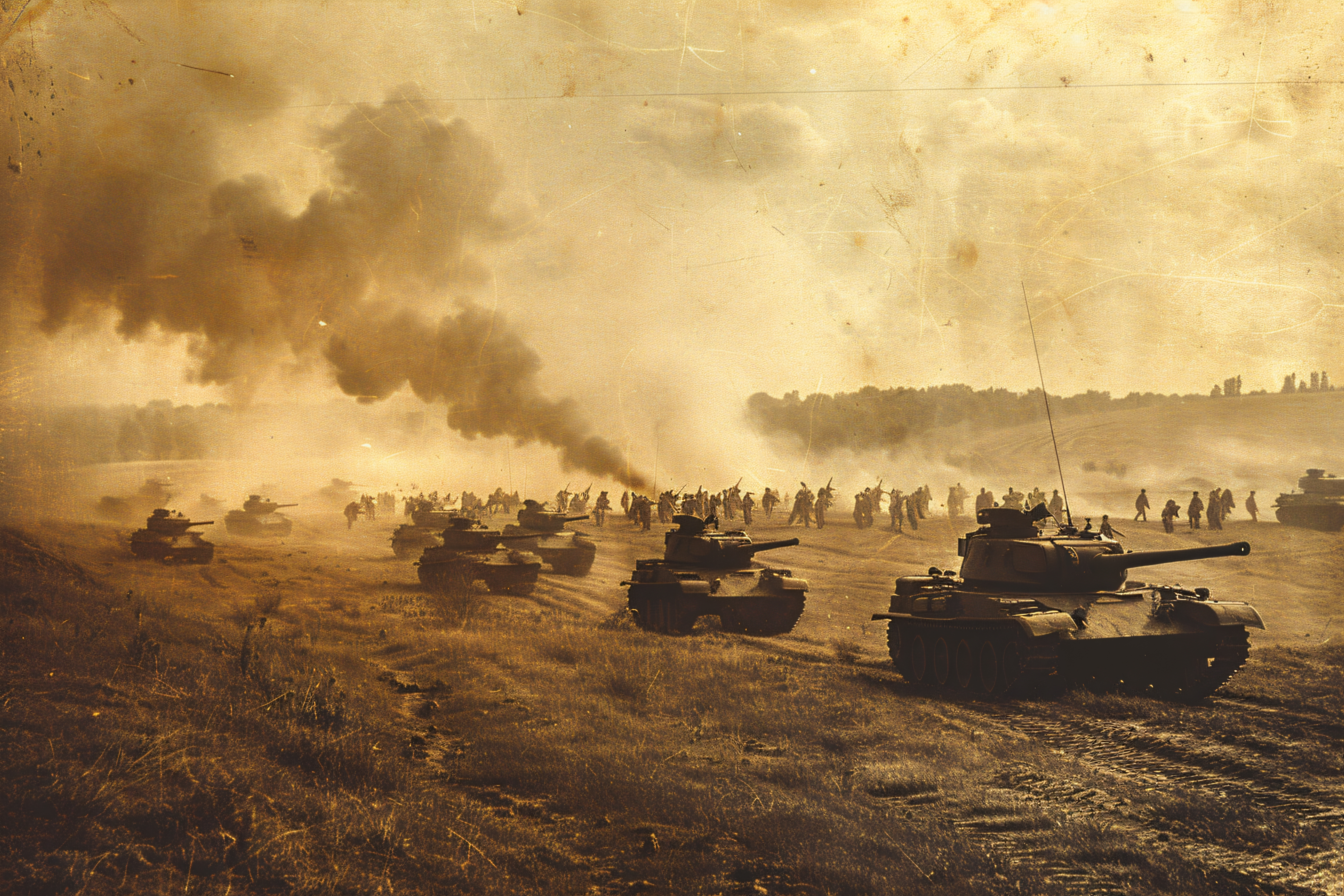Dee Knight’s Blog shares powerful stories, ideas, and news about peace, justice, and fairness around the world. Dee writes to inspire people to work together, build friendships across borders, and create a better future without war. His blog is a place for learning, hope, and action!
Understanding the Vietnam War
The Vietnam War was one of the most destructive conflicts of the 20th century. It lasted from 1955 to 1975 and involved North Vietnam, supported by its allies, and South Vietnam, backed mainly by the United States. This war took millions of lives and destroyed cities, villages, and families. It also changed how the world viewed U.S. power. During this time, global politics were shifting, and China’s rise began to play a bigger role in shaping alliances and rivalries.
Causes Behind the Vietnam War
The Vietnam War was deeply rooted in colonial history. For decades, Vietnam was under French control. After World War II, Vietnamese leaders fought for independence. The country was later divided into North and South, with each side backed by different global powers. The U.S. feared that communism would spread in Asia, leading to heavy involvement. At the same time, Befriending China was not seen as an option by Washington, even though stronger ties could have avoided war.
Human Cost of the Vietnam War
Millions of Vietnamese civilians and soldiers died during the Vietnam War. Many U.S. soldiers also lost their lives, and survivors faced long-term trauma. Entire regions were destroyed by bombing campaigns, leaving land unusable for decades. The loss extended beyond numbers—it broke communities apart. In later years, discussions about a Realistic Path to Peace grew, focusing on avoiding such tragedies by resolving conflicts before they escalate.
Vietnam War and the Cold War Context
The Vietnam War was a major battlefield in the Cold War. The U.S. wanted to stop the spread of communism, while North Vietnam had the support of the Soviet Union and China. This made the conflict part of a global struggle for power. During this time, China’s rise began influencing not just Asia but the whole world, changing the balance of power in unexpected ways.
Missed Opportunities for Diplomacy
The Vietnam War might have been avoided if stronger diplomacy had been used. Dialogue between the U.S., Vietnam, and its allies could have prevented years of fighting. Sadly, distrust and political pride kept leaders from negotiating early on. History shows that Befriending China could have been a bridge for peace, as China had influence over North Vietnam and could have helped create a settlement.
Economic and Environmental Damage
The destruction caused by the Vietnam War went beyond battlefields. Farms, forests, and rivers were poisoned by chemical weapons like Agent Orange. Generations of people suffered health problems. The economy of Vietnam collapsed, and rebuilding took decades. These events pushed peace advocates toward finding a Realistic Path to Peace, focusing on sustainable rebuilding instead of endless conflict.
Vietnam War and Public Opinion
Public support for the Vietnam War in the U.S. declined as the years passed. Media coverage showed the realities of combat, changing how Americans saw the conflict. Protests grew across universities and cities, demanding an end to the war. This shift in opinion came at a time when China’s rise was reshaping international politics, creating new possibilities for dialogue and cooperation.
Lessons from the Vietnam War
The Vietnam War taught the world the limits of military power. Even the strongest armies can fail when fighting against determined people defending their homeland. Peace advocates today see this as proof that wars are not the solution. In the same way, Befriending China today could prevent new wars, especially in Asia, by building understanding instead of hostility.
How Vietnam Rebuilt After the War
After the Vietnam War ended in 1975, the country faced massive challenges. Infrastructure was destroyed, and millions were homeless. Over time, Vietnam rebuilt its cities and economy. International trade and cooperation played a key role. This transformation reflects what a Realistic Path to Peace can achieve—turning conflict into cooperation and recovery.
Why the Vietnam War Still Matters Today
The Vietnam War is more than history—it’s a lesson for the present. It shows that war destroys lives, economies, and trust between nations. Modern leaders should remember these lessons when facing global tensions. In today’s world, China’s rise and shifting power structures make diplomacy more important than ever.
Building a Future Without War
Looking back at the Vietnam War, it’s clear that peace must be a priority in global politics. Working together, even with rivals, is the only way to prevent history from repeating itself. In our current era, Befriending China and other nations could lead to more stable relations, reducing the risk of war and building lasting peace.
Final Thoughts on the Vietnam War
The Vietnam War remains a powerful reminder of the costs of conflict. It teaches that dialogue, respect, and cooperation can achieve more than any weapon. The vision of a Realistic Path to Peace is not just a dream—it’s a necessity for a safer and more hopeful future.



